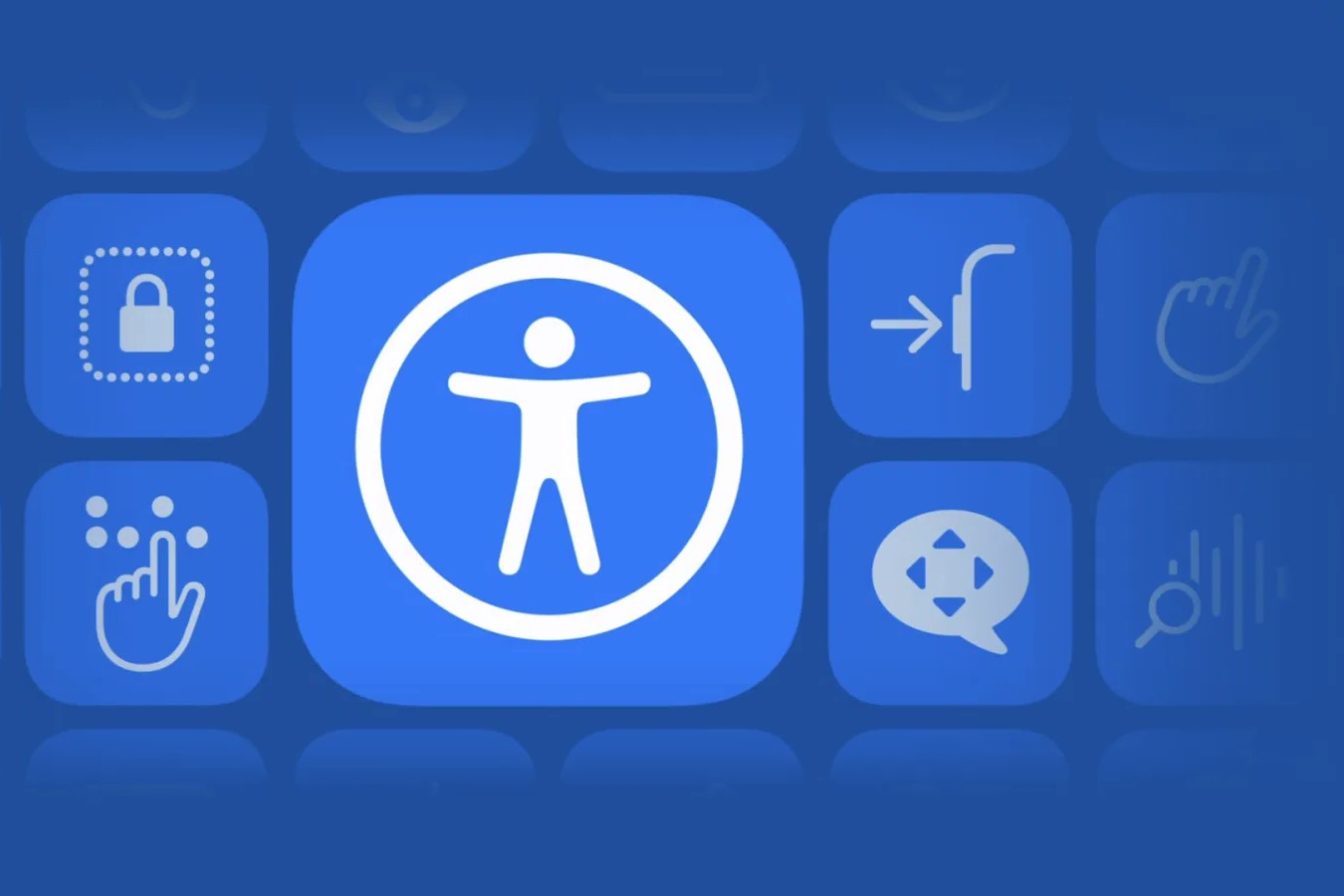
Accessibility features are like secret superpowers hidden in everyday tech. They help people with different abilities use gadgets, websites, and apps more easily. Ever wondered how someone who can't see can still use a smartphone? Or how someone who can't hear can enjoy a video? These features make it possible! From voice commands to screen readers, they open up a world of possibilities. They're not just for those with disabilities; anyone can benefit from them. Imagine using voice commands to send a text while cooking or having your phone read out loud when your hands are full. Accessibility features make life easier for everyone. Curious about what else they can do? Let's dive into some amazing facts that might surprise you!
Key Takeaways:
- Accessibility features make technology usable for everyone, including those with disabilities. They include screen readers, voice recognition, closed captions, and more to ensure equal access to information and functionality.
- These features focus on improving mobility, interaction, cognitive accessibility, web accessibility, and emotional and social needs. They help users with disabilities navigate technology seamlessly and create an inclusive digital environment.
Understanding Accessibility Features
Accessibility features are designed to make technology usable for everyone, including those with disabilities. These features are integrated into devices, software, and websites to ensure equal access to information and functionality. Let's explore some fascinating facts about these features.
-
Screen Readers: These tools convert text into speech, allowing visually impaired users to navigate digital content. Popular screen readers include JAWS and NVDA.
-
Voice Recognition Software: This technology enables users to control devices and input text using voice commands. It's beneficial for individuals with mobility impairments.
-
Closed Captions: Captions provide text for spoken dialogue and sound effects in videos, aiding those who are deaf or hard of hearing.
-
Text-to-Speech (TTS): TTS systems read digital text aloud, assisting users with reading difficulties or visual impairments.
-
Magnification Tools: These tools enlarge screen content, making it easier for users with low vision to see details.
Enhancing Mobility and Interaction
Accessibility features also focus on improving mobility and interaction for users with physical disabilities. These features ensure that everyone can interact with technology seamlessly.
-
Alternative Input Devices: Devices like trackballs, joysticks, and adaptive keyboards help users with limited hand mobility.
-
Switch Access: This feature allows users to control devices using switches, which can be activated by various body movements.
-
Eye-Tracking Technology: Eye-tracking systems enable users to control devices using eye movements, providing an alternative to traditional input methods.
-
Voice Control: Voice control features allow users to operate devices and perform tasks using voice commands, reducing the need for physical interaction.
-
Customizable Interfaces: Many devices offer customizable interfaces, allowing users to adjust settings for easier navigation and interaction.
Improving Cognitive Accessibility
Cognitive accessibility features support users with cognitive disabilities, helping them process information and complete tasks more efficiently.
-
Simplified Interfaces: Simplified interfaces reduce complexity, making it easier for users with cognitive impairments to navigate technology.
-
Predictive Text: Predictive text features suggest words or phrases, aiding users with language or cognitive challenges in composing text.
-
Visual Timers: Visual timers help users manage time and stay on task, providing visual cues for time management.
-
Task Reminders: Reminder systems assist users in remembering important tasks and appointments, supporting those with memory challenges.
-
Structured Content: Structured content, such as headings and lists, helps users with cognitive disabilities understand and navigate information more easily.
Ensuring Web Accessibility
Web accessibility features ensure that online content is accessible to all users, regardless of their abilities. These features are crucial for creating an inclusive digital environment.
-
Alt Text for Images: Alt text provides descriptions for images, allowing screen readers to convey visual information to visually impaired users.
-
Keyboard Navigation: Websites with keyboard navigation allow users to navigate content without a mouse, benefiting those with mobility impairments.
-
ARIA Landmarks: ARIA landmarks help screen readers identify and navigate different sections of a webpage, improving accessibility for visually impaired users.
-
Color Contrast: High color contrast between text and background improves readability for users with visual impairments.
-
Responsive Design: Responsive design ensures that websites are accessible on various devices, accommodating users with different needs.
Supporting Emotional and Social Accessibility
Accessibility features also address emotional and social needs, promoting inclusivity and reducing barriers for users with diverse challenges.
-
Social Stories: Social stories provide visual and textual narratives to help individuals with autism understand social situations and expectations.
-
Emotional Support Apps: Apps designed for emotional support offer resources and tools for managing stress, anxiety, and other emotional challenges.
Embracing Accessibility for All
Accessibility features are more than just tools; they're gateways to inclusivity. From screen readers to voice recognition, these innovations empower individuals with disabilities, ensuring they can engage with technology just like everyone else. It's not just about compliance; it's about creating an environment where everyone feels welcome and valued. By integrating these features, we break down barriers and foster a culture of understanding and empathy. As technology advances, so should our commitment to accessibility. It's not just a trend but a necessity in our interconnected world. Whether you're a developer, educator, or user, embracing these features means championing a future where everyone has equal opportunities. Let's continue to push for advancements, ensuring that no one is left behind. After all, accessibility is a shared responsibility, and together, we can make a difference.
Frequently Asked Questions
Was this page helpful?
Our commitment to delivering trustworthy and engaging content is at the heart of what we do. Each fact on our site is contributed by real users like you, bringing a wealth of diverse insights and information. To ensure the highest standards of accuracy and reliability, our dedicated editors meticulously review each submission. This process guarantees that the facts we share are not only fascinating but also credible. Trust in our commitment to quality and authenticity as you explore and learn with us.
